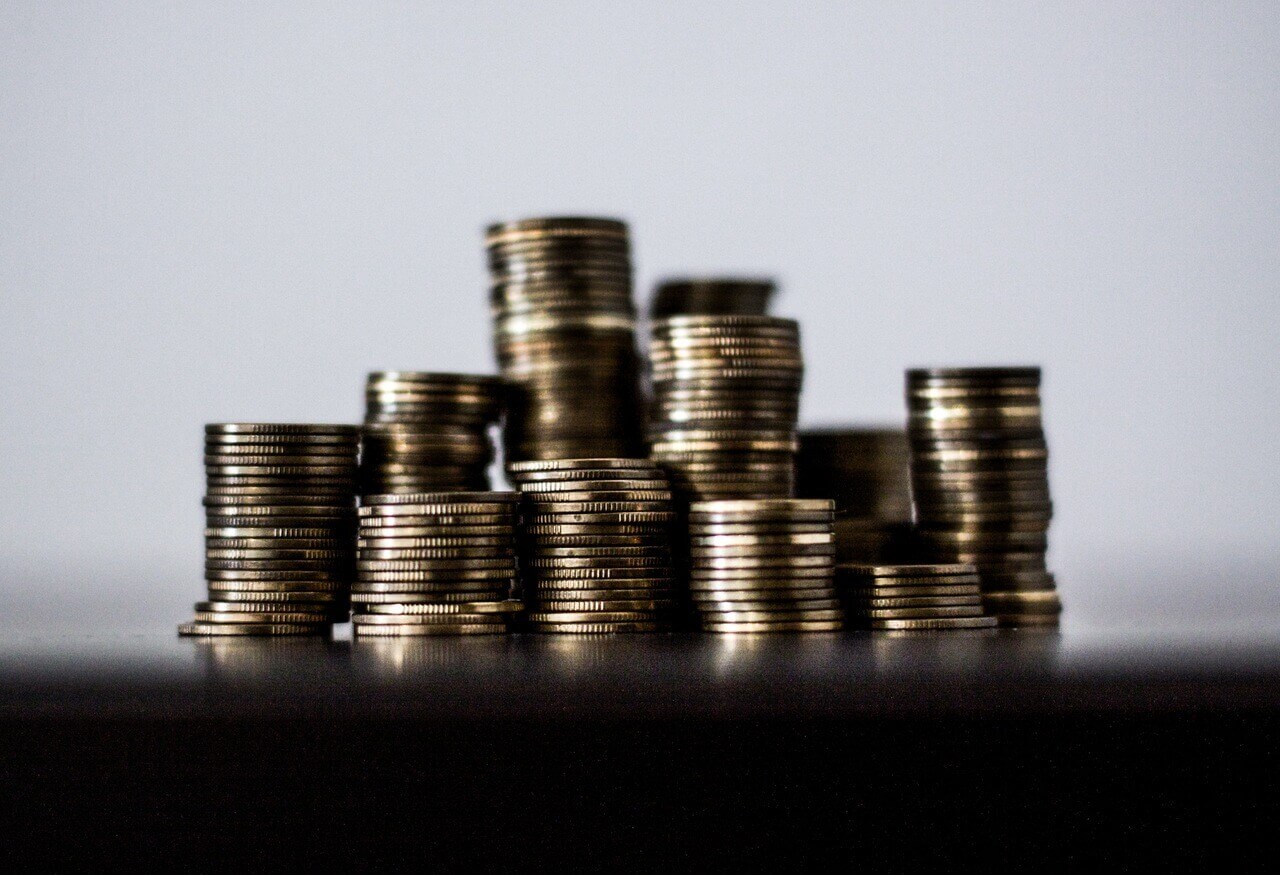When it comes to measuring all-inclusive hotel performance, it’s common to look at the occupancy rate alongside other key performance indicators (KPIs), such as revenue per available room (RevPAR), as part of an effective revenue management strategy.
NB: This is an article from Rainmaker
Like traditional hotels, all-inclusives like to shoot for higher occupancy rates because it stands to reason that the more bodies there are on property, the more revenue a resort is bringing in. There are some notable exceptions and limitations to this rule, however.
Sometimes higher occupancy can mean lower profits. For instance, while a 100 percent occupancy rate appears on the surface to be a worthwhile goal, hoteliers may have to lower their rates to attain that occupancy level. And cost per occupied room (CPOR) plays a crucial role in profits as well. It’s much more beneficial for a hotel to evaluate a metric such as gross operating profit per available room (GOPPAR). There may be occasions where hotels are actually making more money at an 85 percent occupancy rate, if that 85 percent is paying a higher package rate and the CPOR remains the same. To illustrate, let’s look at a couple of scenarios for a 200-room resort:
Scenario A: 85 percent occupancy at $200 per night
(85% x 200) x $200 = $34,000 Revenue
CPOR = $40
(85% x 200) x $40 = $6,800 CPOR
$34,000 – $6,800 = $27,200 Profit
Scenario B: 100 percent occupancy at $160 per night
(100% x 200) x $160 = $32,000 Revenue
CPOR = $40
(100% x 200) x $40 = $8,000 CPOR
$32,000 – $8000 = $24,000 Profit
Over the course of one year the total difference in profit would be $1,168,000!
The Secret is in the Mix
Raising package rates across the board isn’t always the best solution for boosting all-inclusive resort profits either. The real secret to better margins lies in shifting your business mix from a focus on high occupancy rates and RevPAR to booking higher-value guests. Higher value guests include those who stay longer. Longer lengths of stay typically result in lower costs for the all-inclusive model, because guests are more likely to leave the resort to visit local restaurants and shops. And the more guests are outside the resort, the less food and beverages they’re consuming.
Your higher value guests are also those who are willing to pay for ancillaries beyond the initial package rate, such as upscale amenities and personalized services that enhance their vacation experience. The right technology solutions allow you to analyze data and forecast guest demand for spa treatments, private dining options, or golf lessons, as well as identifying those most interested in off-site culturally immersive excursions (that you arrange and reap the revenue benefits from!).
Without making any changes to your occupancy rate, you’ll achieve greater business success by shifting your guest segment mix in a way that increases your ratio of high-value guests. As an example, say your current business mix looks like this for a 200-room resort at 80 percent occupancy:
25 percent at a rack rate of $300 ADR
50 percent at a discount rate of $250 ADR
25 percent at group rate of $270 ADR
If occupancy levels remain the same, and you successfully shift 15 percent of your business from discount to rack, your resort will experience:
Increase in gross sales = $438,000
Increase in ADR = $7.50
Increase in RevPAR = $6
It’s clear that an effective revenue management strategy requires occupancy to be scrutinized in combination with total guest value and other data related to demand and customer behavior. Because the goal is to maximize total revenue and boost profits, not simply increase occupancy rates.





